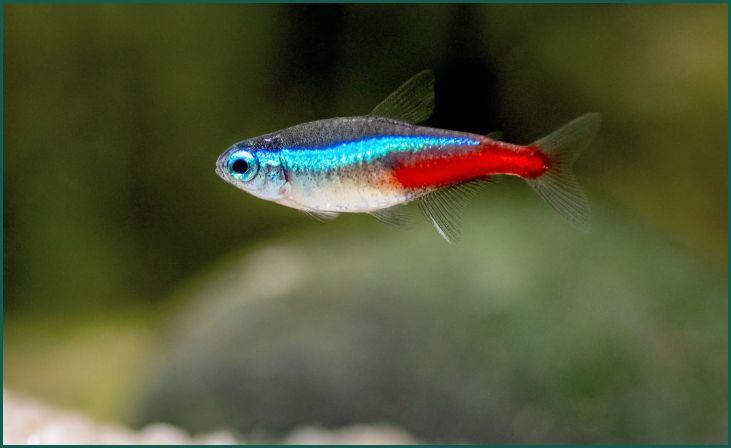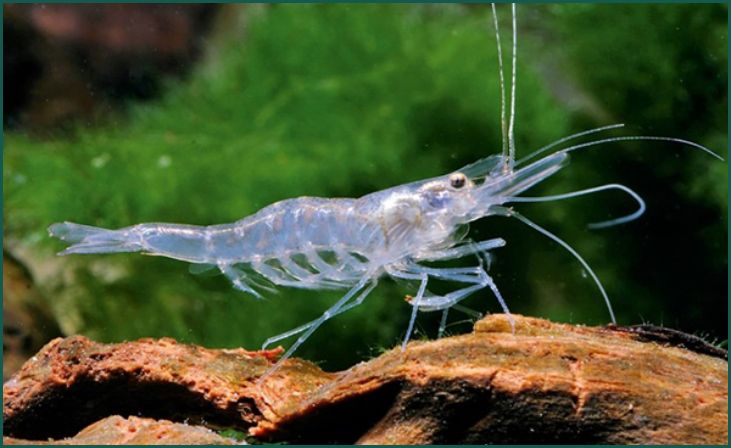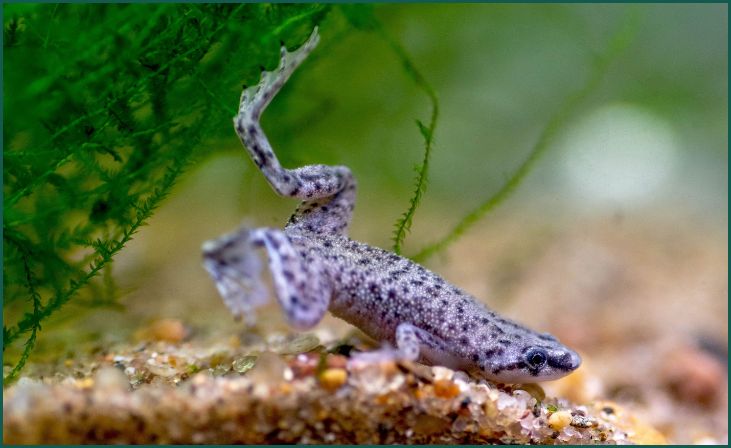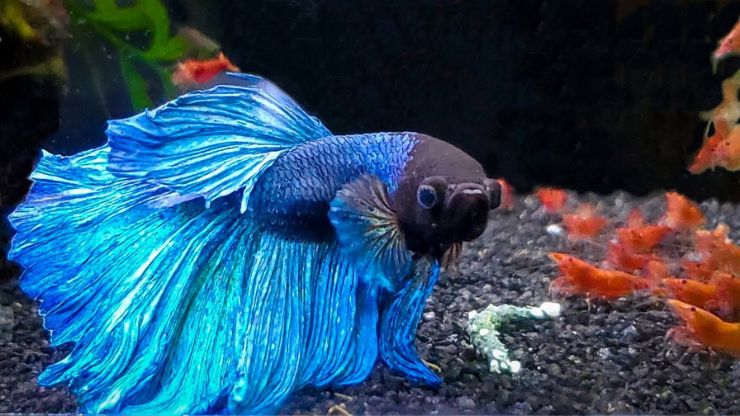When it comes to keeping betta fish, selecting the right tankmates is crucial for their well-being and your enjoyment. Betta fish, also known as Siamese fighting fish, are known for their vibrant colors and flowing fins, but they can be territorial. To help you create a harmonious aquarium environment, we’ve compiled a list of the five best tankmates for bettas. These companions are not only compatible with bettas but also add beauty and diversity to your tank. From peaceful community fish to algae-eating shrimp, these tankmates will help create a balanced ecosystem that enhances the overall health of your betta fish.
Table of Contents
ToggleThe 5 Best Betta Fish Tankmates
Neon Tetras

Neon tetras (Paracheirodon innesi) are a popular choice for community aquariums due to their vibrant colors and peaceful nature. These small, freshwater fish are native to South America, specifically the blackwater and clearwater streams of the Amazon basin. They are characterized by their iridescent blue and red stripes that run along their bodies, creating a striking contrast against their silver background. In the wild, neon tetras are shoaling fish, meaning they prefer to live in groups. This behavior is also observed in aquariums, where keeping them in groups of six or more is recommended. In larger groups, neon tetras feel more secure and exhibit more natural behaviors. They are active swimmers and add a dynamic element to the aquarium, especially when kept with slower-moving fish like bettas.
Read Also: Things America Has That Canada Doesn’t
Neon tetras are relatively hardy fish, but they do require stable water conditions. They prefer slightly acidic water with a pH level between 6.0 and 7.0 and a temperature range of 72°F to 78°F (22°C to 26°C). It’s essential to provide them with a well-planted aquarium with plenty of hiding spots, as they can be timid and may seek shelter if they feel threatened. Neon tetras are omnivores and will eat a variety of foods, including flakes, pellets, and small live or frozen foods like bloodworms and brine shrimp. Overall, neon tetras are excellent tankmates for bettas due to their peaceful nature and compatibility with similar water conditions. However, like all tankmates, they should be introduced to the aquarium with care to minimize stress and aggression.
Corydoras Catfish
Corydoras catfish are a group of freshwater fish belonging to the Corydoradinae subfamily. They are native to South America and are found in rivers and streams throughout the continent. Corydoras catfish are known for their unique appearance, with most species featuring a series of bony plates along their bodies, giving them a somewhat armored look. They are bottom-dwelling fish, meaning they spend much of their time foraging along the substrate for food. One of the most popular species of Corydoras catfish is Corydoras aeneus, also known as the bronze cory or green cory. This species is widely available in the aquarium trade and is prized for its peaceful nature and ease of care. Corydoras catfish are social fish and should be kept in groups of at least three to four individuals.
They are compatible with bettas because they inhabit different areas of the aquarium, with Corydoras catfish staying near the bottom while bettas prefer the middle to top areas. In terms of care, Corydoras catfish are relatively easy to maintain. They are omnivores and will eat a variety of foods, including sinking pellets, flakes, and frozen or live foods. Corydoras catfish are also beneficial for the aquarium ecosystem, as they help clean up leftover food and debris, reducing the risk of water quality issues. However, it’s essential to provide them with a soft substrate like sand or smooth gravel, as their barbels are sensitive and can be damaged by rough substrates.
Ghost Shrimp

Ghost shrimp (Palaemonetes paludosus), also known as glass shrimp or grass shrimp, are a popular choice for freshwater aquariums due to their transparent bodies and peaceful nature. These small crustaceans are native to North America and can be found in various freshwater habitats, including ponds, lakes, and rivers. In the aquarium trade, ghost shrimp are often sold as feeder shrimp but are also kept as pets due to their interesting behavior and ease of care. Ghost shrimp are excellent tankmates for bettas because they are peaceful and unlikely to provoke aggression. They are also beneficial for the aquarium ecosystem, as they help clean up leftover food and algae. Ghost shrimp are omnivores and will eat a variety of foods, including algae wafers, sinking pellets, and small live or frozen foods.
Don't just scroll, subscribe!
BuzzTrail's unique web-stories are the cure for boredom you've been waiting for.
However, they are also a potential food source for bettas, so it’s essential to provide them with plenty of hiding spots and plants to escape. In terms of care, ghost shrimp are relatively easy to maintain. They prefer aquariums with plenty of hiding spots and plants to explore, as well as stable water conditions. Ghost shrimp are sensitive to changes in water parameters, so regular water changes and monitoring are essential. Overall, ghost shrimp are an excellent addition to a betta aquarium, adding interest and helping to keep the tank clean.
Harlequin Rasboras
Harlequin rasboras (Trigonostigma heteromorpha) are a popular choice for community aquariums due to their peaceful nature and striking appearance. These small freshwater fish are native to Southeast Asia, specifically the rivers and streams of Malaysia, Singapore, and Thailand. They are known for their bright orange bodies and black triangular patches, which extend from their dorsal fins to their tails, giving them a unique and eye-catching look. In the wild, harlequin rasboras are shoaling fish, meaning they prefer to live in groups. This behavior is also observed in aquariums, where keeping them in groups of six or more is recommended.
In larger groups, harlequin rasboras feel more secure and exhibit more natural behaviors. They are active swimmers and add a dynamic element to the aquarium, especially when kept with slower-moving fish like bettas. Harlequin rasboras are relatively easy to care for and can adapt to a wide range of water conditions. They prefer slightly acidic to neutral water with a pH level between 6.0 and 7.0 and a temperature range of 72°F to 78°F (22°C to 26°C). They are omnivores and will eat a variety of foods, including flakes, pellets, and small live or frozen foods. Harlequin rasboras are compatible with bettas because they inhabit different areas of the aquarium, with rasboras preferring the middle to top areas while bettas prefer the middle to bottom areas.
African Dwarf Frogs

African dwarf frogs (Hymenochirus boettgeri) are small, fully aquatic frogs native to Central and West Africa. They are a popular choice for freshwater aquariums due to their unique appearance and peaceful nature. African dwarf frogs are characterized by their small size, reaching an average length of 1.5 to 2.5 inches (3.8 to 6.4 cm), and their fully webbed feet, which make them excellent swimmers. In the wild, African dwarf frogs are found in slow-moving rivers, streams, and ponds, where they feed on small invertebrates and algae. In the aquarium, they should be fed a varied diet that includes sinking pellets, frozen or live foods, and occasional vegetables. African dwarf frogs are social creatures and should be kept in groups of two or more to prevent loneliness.
Read Also: Things Interior Designers Love From Hobby Lobby
African dwarf frogs are compatible with bettas because they are peaceful and inhabit different areas of the aquarium. African dwarf frogs are primarily bottom-dwellers, while bettas prefer the middle to top areas. However, it’s essential to provide African dwarf frogs with plenty of hiding spots and plants to rest on, as they are air-breathing amphibians and need access to the surface to breathe. Overall, African dwarf frogs are an interesting and unique addition to a betta aquarium, adding variety and interest to the tank.
Conclusion
In conclusion, choosing the right tankmates for your betta fish is essential for their happiness and well-being. By selecting peaceful companions that complement the betta’s temperament, you can create a vibrant and harmonious aquarium environment. The five tankmates listed here are not only compatible with bettas but also add beauty and diversity to your tank. Remember to provide ample hiding spots and space for each fish to reduce aggression and stress. With proper care and consideration, you can create a stunning aquarium that showcases the beauty of bettas and their companions.
FAQs
Can betta fish live with other fish?
Can betta fish live with other fish?
Yes, betta fish can live with other fish, but it’s important to choose tankmates that are peaceful and won’t nip at the betta’s fins.
What fish can live with bettas?
What fish can live with bettas?
Some good tankmates for bettas include neon tetras, Corydoras catfish, and ember tetras. Avoid aggressive or fin-nipping fish.

